Home Learning Approach
Purpose
At Clearwater Bay School, we highly value our home school partnerships and understand that home life plays a vital role in supporting, developing and sustaining learning.
Philosophy
“Partnerships with parents and legal guardians benefit the students and value the perspectives they bring to the learning community. They add richness to the community by being actively involved in the life of the school to share decisions, exchange ideas, build on experiences and provide support. The partnerships between home and school provide the foundation to support students’ learning, growth, health and well-being and agency.”
Primary Years Programme, The Learning Community, International Baccalaureate Organization 2018, p.3
As our approaches to learning, centre around collaborative learning, building on assessments and differentiation to children’s learning needs, we prioritise children’s learning time with their peers and teachers in school.
We provide home learning in order for concepts developing in class to be continued at home, if children or families wish to engage with this there are resources available.
Our school values the importance of family time, play, and overall health and well-being. Home learning is provided as a component of learning; however, it should never be a source of stress for our students. We encourage you to balance homework with enjoyable family activities and outdoor play.
Implementation
Unit of Inquiry overview newsletter
This newsletter will be sent via class teachers’ Friday emails at the start of every new unit of inquiry, around every 7-9 weeks.
This newsletter outlines the objectives and vocabulary that will be explored over the next 7-9 weeks. Allowing adults to have a context to engage with learners in discussions around the unit of inquiry or to support children to extend their thinking at home.
The teaching team will always give ideas for how to support at home or suggest trips/experiences which link around Hong Kong. The most important tool is discussion and making connections to children’s own, families or friends' daily life, holidays, cultural connections or experiences.
Daily Reading
Student’s receive a CWBS 100 nights reading challenge book and are highly encouraged to read everyday. Students record their reading and this is checked in class.
Year 1 and Year 2 Magic Words
Years 1 and 2 also share magic words to practise and teachers communicate the routines for these with parents. This learning is highly individualised and advice from teachers is given on this aspect of home learning.
Home Learning Menu
Every other Friday teachers share a menu board linked to our core areas of learning; Unit of Inquiry, Mathematics, Language and Chinese. This is sent as a link in the teacher’s Friday letter and available via Cahoot. Many of these ideas are given to help students continue to practise their skills at home, discuss their learning or engage in active learning. Therefore there is no expectation for all home learning activities to be recorded either on paper or digitally via Seesaw/Google classroom.
If a child wishes to explore their home learning on paper and to show their teacher, this is welcomed. Although teachers do not give feedback on individual home learning tasks explicitly, either in writing or digitally, in class discussions around themes emerging from optional home learning tasks may take place and may be a feature of day to day learning.
At times, home learning may be required for children to return to school. For example, magic words in Years 1 and 2. If the children are sent home with learning books to complete a task or if a home discussion may be pivotal for a unit of inquiry, and may be requested by the teacher for them to return to school. In these circumstances, this will be communicated by the class teacher.
Other
Cahoot is our learning platform which can be accessed at home. This is a platform for many learning sites or software that we teach the children to use in school.

